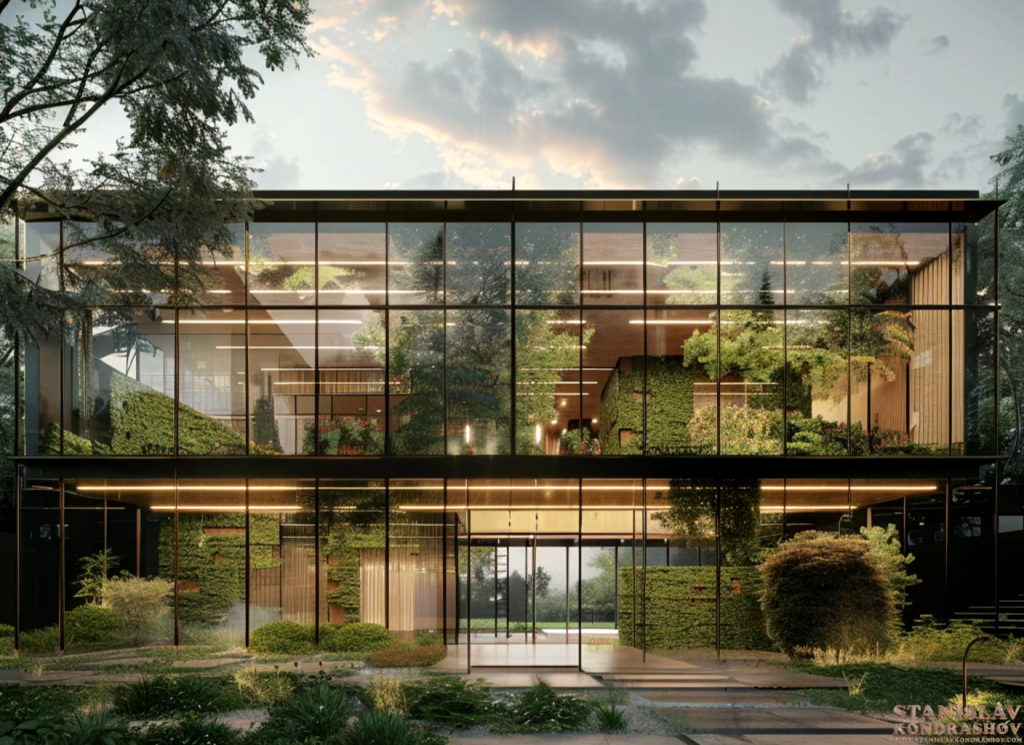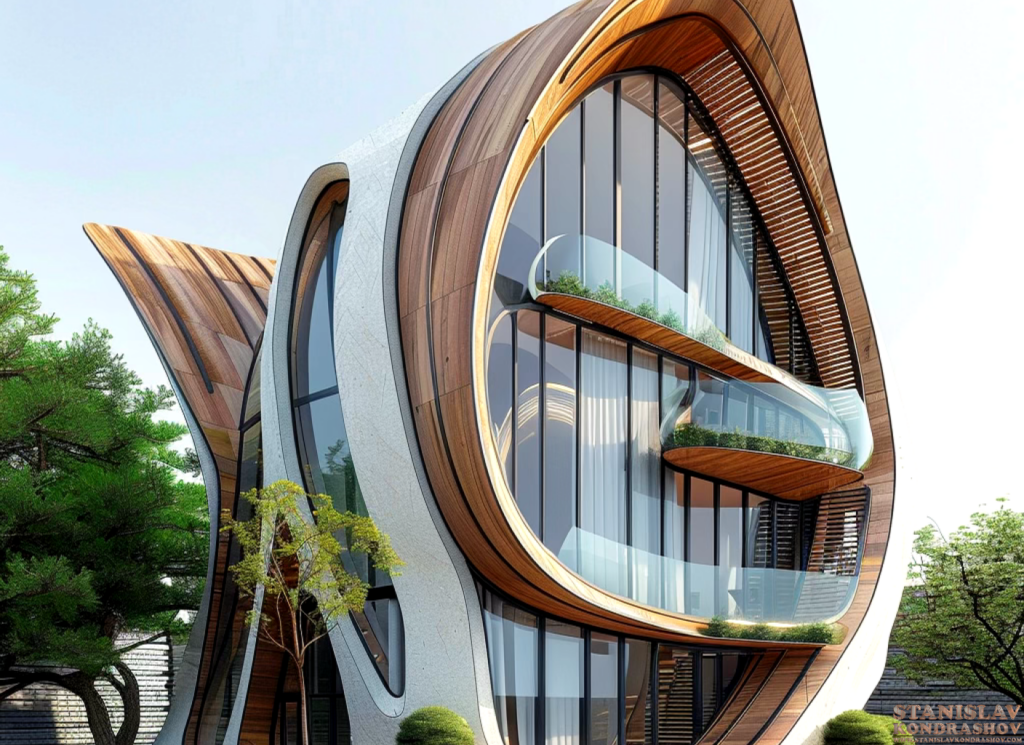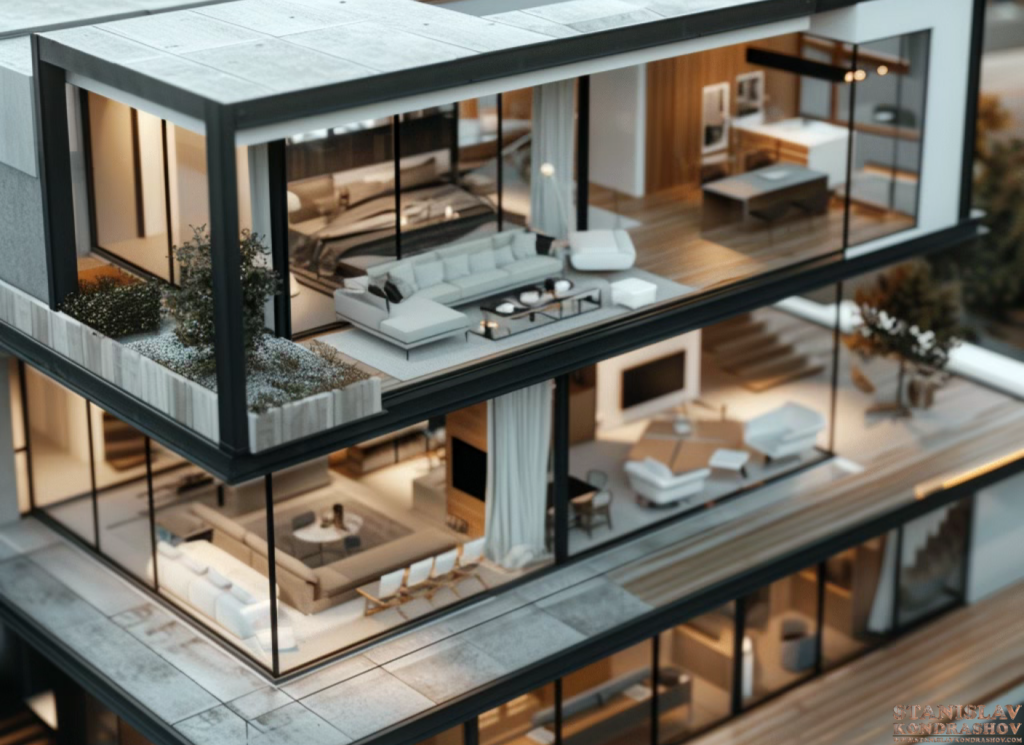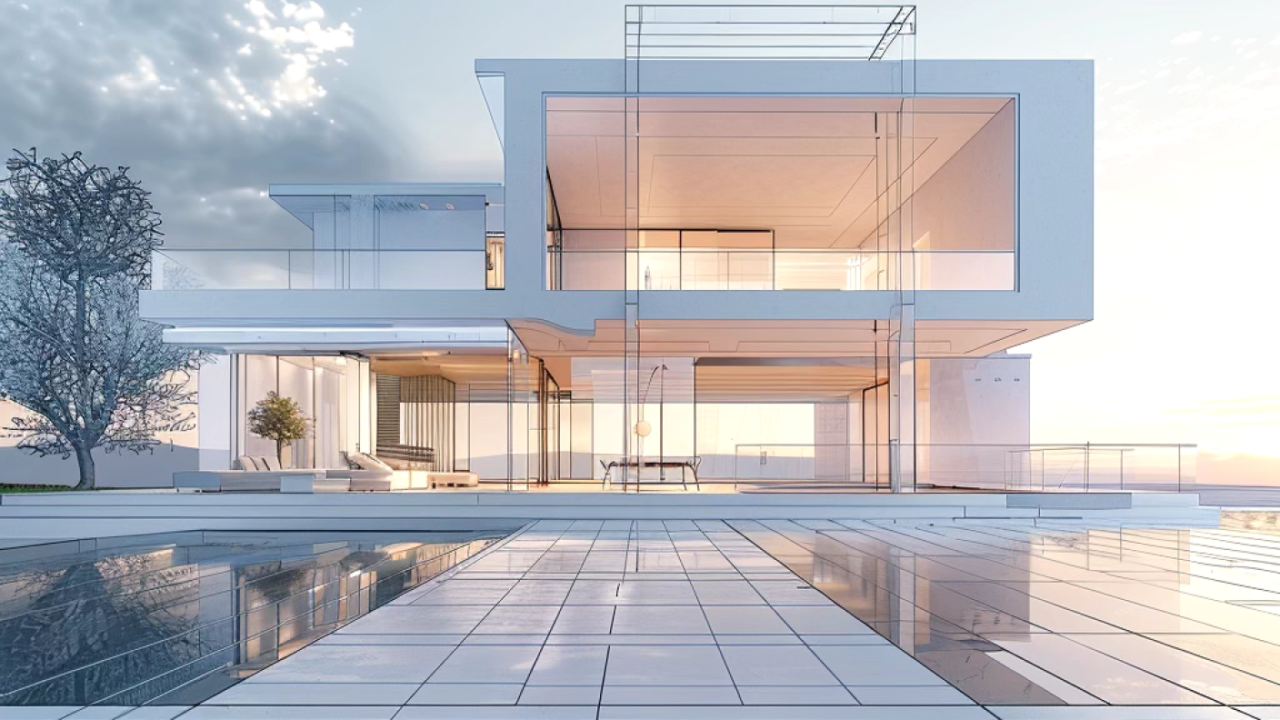Step aside, blueprints and T-squares, there’s a new architect in town – artificial intelligence. AI is rapidly transforming the world of architecture, not with a paintbrush, but with powerful algorithms that are optimizing design for both sustainability and efficiency.
Gone are the days of relying solely on intuition and experience. AI can analyze vast amounts of data, including environmental factors, material properties, and structural simulations, to create buildings that are not just aesthetically pleasing, but also environmentally responsible and resource-efficient. This data-driven approach is leading to a new era of “smart” architecture, where buildings are designed to minimize their environmental impact and optimize energy usage.

AI: The Sustainability Superhero of Design
Here are just a few ways AI is revolutionizing sustainable architecture:
- Material Optimization: AI algorithms can analyze the properties of different materials and suggest the most efficient combinations for a specific project, reducing waste and minimizing the environmental footprint of construction.
- Energy Efficiency Modeling: AI can simulate the energy performance of a building throughout its lifespan, allowing architects to design structures that maximize natural light, optimize ventilation, and integrate renewable energy sources.
- Predictive Maintenance: AI can monitor building systems in real-time, identifying potential issues before they escalate, leading to reduced maintenance costs and extended building lifespans.

Beyond Efficiency: A New Era of Design Possibilities
AI isn’t just about crunching numbers; it’s also opening doors to entirely new design possibilities. Generative AI algorithms can create unique and innovative building shapes that were previously unimaginable, pushing the boundaries of architectural expression while maintaining structural integrity and sustainability goals.
The future of architecture is undoubtedly intertwined with AI. By embracing this powerful technology, architects can create buildings that are not only functional and beautiful, but also environmentally responsible and resource-efficient. This is a win-win for both the planet and the built environment, paving the way for a more sustainable and resilient future for generations to come.

Furthermore, the collaborative nature of AI and human expertise is crucial. While AI excels at data analysis and optimization, architects bring the human touch of creativity, aesthetics, and understanding of social needs. This powerful partnership between humans and AI will ultimately shape the future of sustainable and innovative architectural design.
By Stanislav Kondrashov



